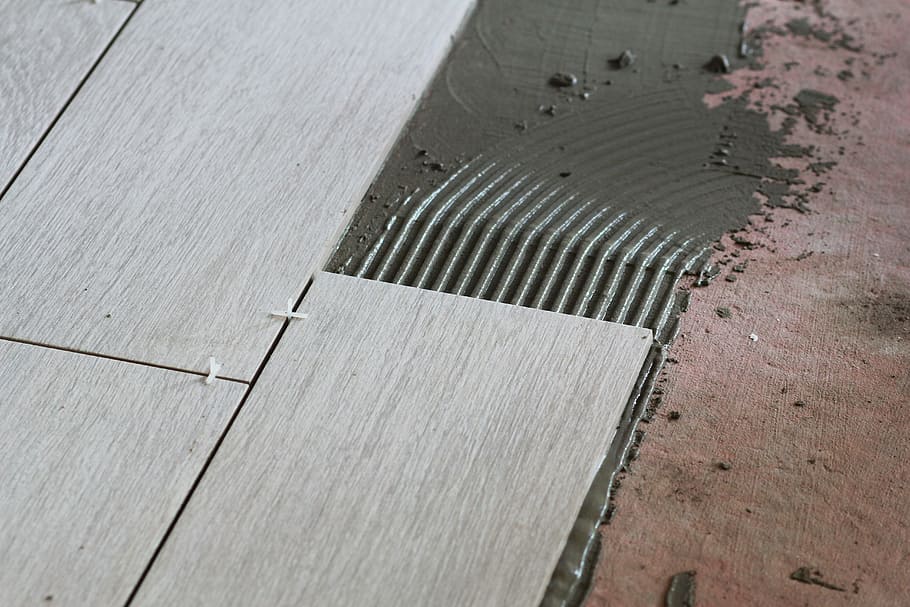The bathroom floors can be adorned with different materials by considering the style, installation, ease of maintenance, price… it is not easy to make a choice. This post will help you to consider the right criteria to choose a quality, moisture-resistant, and durable covering.
Choosing the flooring for your bathroom
The bathroom flooring materials must be able to withstand moisture, splash water, and stains. Another requirement is that the bathroom floor covering must not be slippery. The next step is to choose from the many possibilities, depending on your taste and budget.
Resistance and ease of installation
There are several criteria to consider before choosing between the different types of bathroom floors:
– Water resistance: humidity reigns supreme and splashes of water are common, the impermeability of the floor covering is an essential selection criterion.
– Scratch and stain resistance: the bathroom is the place to get rid of accumulated dirt. It is also where stains from cosmetic products (shampoo, cream) can accumulate. For perfect hygiene, the chosen floor covering must therefore not only be resistant but also easy to maintain.
– Ease of installation: this is an important criterion, especially if you are not an experienced do-it-yourselfer, knowing that a flexible flooring is generally easier to install.
– The style of the bathroom: the floor covering will have to match the decoration of the walls, but also the furniture. Waxed concrete, for example, will go perfectly with a modern bathroom, while solid parquet will enhance rustic-style furniture and bathroom fixtures.
– The budget: the purchase cost of the floor covering should be compared with its eventual installation cost and durability.
Which covering for which floor?

If you wish to avoid having to remove the old floor covering, it is possible to install a new floor covering on parquet, tiles, vinyl or plastic flooring. But be careful, preparation may be required, such as patching to prevent the tile joints from reappearing over time under a vinyl floor, for example, and also to fill small cracks and imperfections.
Note: The underlayment of some floor coverings allows small differences in level to be made up without the need for patching.
Bathroom floor coverings: the main materials used
The tiling
Tile comes in a wide variety of aspects, colors, and of course materials, but not all are ideal in a bathroom. The most suitable for the floor in this room is full-body porcelain stoneware, which is made of pressed stoneware and vitrified at high temperatures. Durable, waterproof, it is also very resistant to scratches and stains. It is available in many colors and finishes and also allows material effects (wood, concrete, or metal for example).
Cement tile
The cement tile is very decorative in a bathroom as in other rooms of the house, with its unique colors and patterns. It is made from white cement, water, white marble powder, sand, and colored pigments that are traditionally worked by hand.
Although it is very resistant and decorative, one must take into account its significant thickness (16 mm) and weight (about 35 kilos per square meter). It must, therefore, be laid on a resistant, stable, and flat floor (old tiles or cement screed).
Wood
The choice is vast between solid parquet and engineered parquet.
– Solid parquet is onerous and requiring regular maintenance, solid parquet is composed of one and the same species of noble wood (for a wet room), but nothing beats its inimitable cachet.
– The engineered parquet is made up of two or three different layers of wood. It is similar in appearance to solid wood but is less expensive. However, it is less resistant over time.
– Another option is exotic wood (teak, bamboo, etc.), which is particularly suitable for humid environments but its price is high.
Hope the above helps you out to make your decision. Remember to share your experience in the section below.


